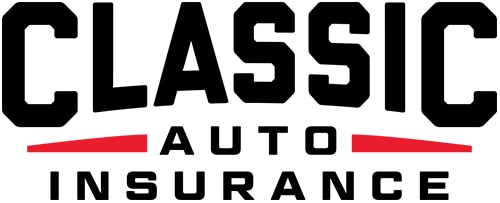Getting your classic car back on the road after a long winter hibernation is one of the best parts of spring. But before your first drive, make sure your classic auto is ready to hit the road. By checking its maintenance beforehand, you’ll extend your car’s life and performance and drive as safely as possible.
Visual Inspection
After rolling back the cover on your car, inspection begins. Check for any signs of small-animal activity like chewed areas or food bits and shells. Tires should be inspected for dry rot, cracked areas, flat spots, and proper inflation and air pressure levels.
Look underneath the car for any unusual fluids. If you have a lift or jack stands, carefully inspect the car’s undercarriage, paying special attention to the brake lines, suspension, and any holes or damaged components.
Keeping It Clean
Even if your car’s been stored under a cover, a deep clean with a microfiber or clay bar will make sure you thoroughly inspect the paint and other areas for cracks, scratches, or other damage.
When washing your car, depending on your car’s design and condition, it might not be suitable for a spraying hose. Any thin or damaged paint or other sensitive areas should be washed one panel at a time to minimize water soaking into cracks. Wheels should be cleaned with a separate soft-bristle brush and pH-neutral wheel cleaner. Don’t forget to apply wax after your wash!
The interior of your classic car might need only a light vacuuming or some leather or vinyl conditioner applied to the seats before your first drive. Microfiber cloth is best for all car care, especially if you need to wipe away foggy buildup that can form on the inside of windshields.
Checking Under the Hood
After popping the hood, look in the various nooks for any spiderwebs or other insects or animals that may have taken up residence within the engine area’s tight spaces.
Over long periods without use, rubber, cork, and plastic components beneath the hood can shrink and become less effective. So take a close look at hoses, belts, and gaskets to make sure everything looks undamaged and unfrayed. Checking fluid levels for the coolant, engine oil, and brake fluid is always wise.
Don’t forget to check the car’s battery for any signs of corrosion and leaking. It should also measure 12.6V on a multimeter.
Don’t Overlook the Brakes
After extended periods without use, brakes — and clutches — can get sticky and may feel unusual or not as responsive on your first drive out. Before driving, even if the brake lines look OK, try pressing on the brake pedal firmly and then release it. Then press on the brake pedal harder and hold it for five or six seconds. The pedal should remain rock solid. If there is any give or slow release of pressure there could be a problem with the brake system.
Start Your Engine
Even if you ran your car’s engine and let it idle a few times during the winter, take a pause before your first drive. After turning on the ignition, let the engine idle and reach running temperature. As it does so, inspect the engine for any leaks, smoke, or unusual noises or smells, which could indicate damage or parts needing service. Also, check lights and turn signals before you hit the road, especially before nighttime driving.
If all systems are a go, take a couple of low-speed laps around the neighborhood first. While driving will warm the tires and get the rubber back to shape, take note of any vibration that doesn’t go away.
Insurance Is a Must
Whether your car is a classic car, an exotic, or an antique, make sure its insurance is active before that first spring drive. Since classic cars are older and can be prone to wear, keeping insurance active is critical.
At Classic Auto insurance, we don’t offer “one-size-fits all” policies. Rather, our coverage is geared toward addressing the many different types of cars and classes of vehicles needing specialized classic car insurance.
If you need a quote or would like to know more about how Classic Auto Insurance can provide coverage for your vehicle, we’re always happy to share more details and answer questions.





